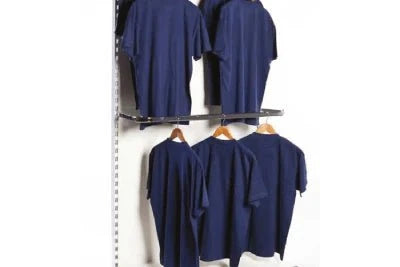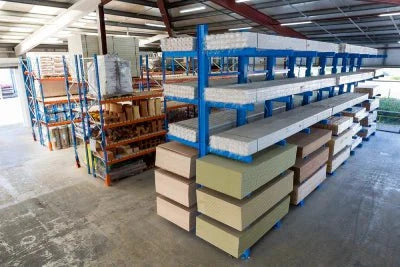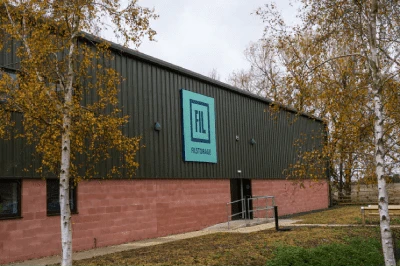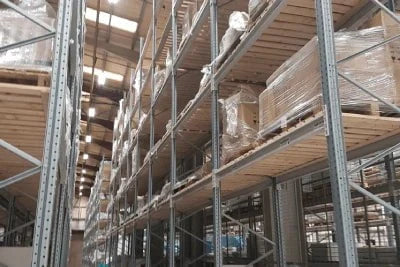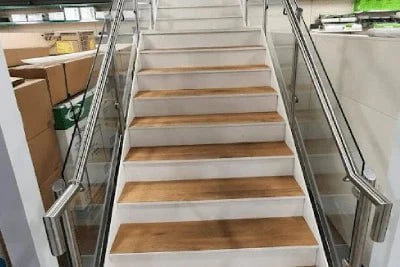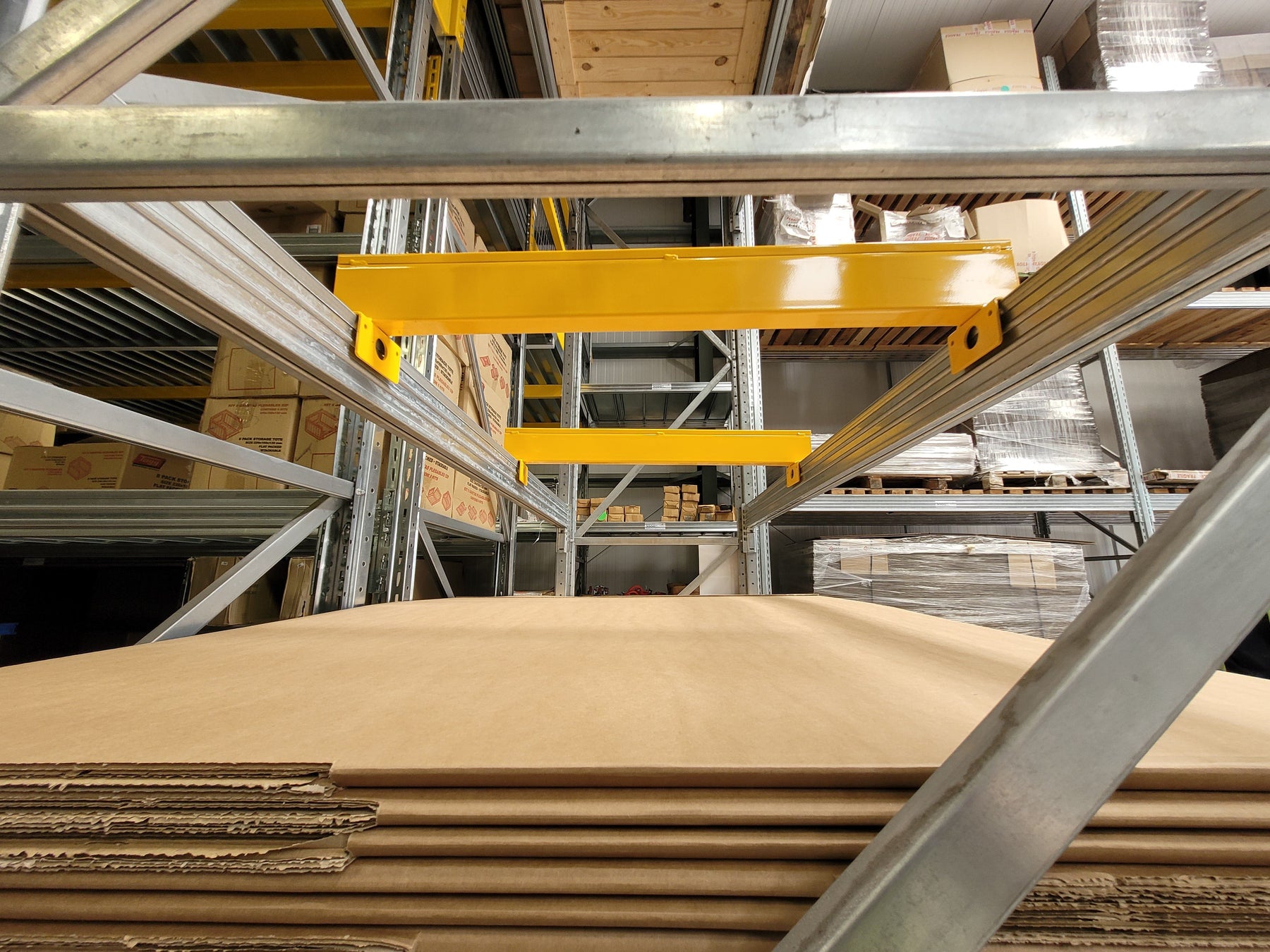
Storing non-palletised products safety at height
Although product handling and storage has become much safer over recent years, one area that still needs improvement is the storage of non-palletised materials at height. Filstorage sales director Mike Gorman gives his top tips.
Proper material handling and storage is core to both efficiency and health & safety in a modern builders merchant, and in the majority of cases gone are the days when warehouses and yards were disorderly and hazardous.
In fact, as a SEMA Approved Racking Inspector (SARI) and a recently qualified SEMA Approved Cantilever Inspector, I can honestly say standards around handling and storage have come on leaps and bounds over the past decade, with today’s merchants following far more robust procedures to protect their staff, customers, and plant and equipment.
However, one area where there is still work to do is in the handling and storage of non-palletised materials such as doors and plywood sheets.
In my role as a racking inspector, I often visit merchants who store such materials at height in a hazardous way, not understanding the dangers this can present.
But with a few minor changes, the situation can be easily remedied, helping to optimise safety for staff and customers, and reduce damage to racking.

Forklift access
One of the main issues with storing non-palletised sheeting materials on pallet racking concerns forklift tine access once the products have been opened.
As all merchants will know, when new packs are delivered into branch, such materials often have wooden spacers at the bottom to enable forklift truck tines to get in so they can be safely lifted on to racking.
Often these wooden spacers are only held in place by the banding straps that holds the products together, meaning once the product is opened, they fall away.
This can cause issues with handling open non-palletised products, and also with their storage, and in my experience has prompted some merchants to introduce an unnecessary risk into their otherwise strong safety procedures.
For example, incidents of unsecured wooden struts being placed directly onto the pallet racking beams so long items can be stored on top of them are, in my experience, commonplace.
But this causes a major hazard for warehouse and yard operatives, and customers, because it only takes a knock from a forklift to send them crashing to the ground. They can also be easily dislodged when retrieving the products at height, as well, posing further danger to people below.
What is worse, we have even heard of incidents where staff have climbed racking to put these struts in place or to move them around to suit different products, again, posing a huge health & safety issue.
Any merchant where this takes place can expect serious reprimands if the worst ever comes to pass.
Securing non-palletised products
So, what is the best way to handle previously opened, non-palletised products so they can be safely loaded onto a forklift and securely stored on racking?
Here are my top tips:
1) Band open products together
If you have to store non-palletised products at height, then once they have been opened, you must re-band them again and either band them to a pallet or use suitable method of storing the packs that gives adequate space and access for the forks between the beams and the bottom of the pack. Not only does this ensure the products are secured firmly in place, but it also makes handling them with a forklift so much safer and easier.
Although this is best practice, because it adds time and work to a warehouse operative’s day, we often find it isn’t adhered to. Obviously, banding products to a pallet means the banding needs to be removed every time the product is needed, and then re-banded again, which can lead to merchants cutting corners.
2) Attach fork entry bars to racking
As well as employing best practice techniques, there are some products on the market that can make storing non-palletised products much safer. One of these is fork entry bars.
Fork entry bars are essentially racking support bars that attach securely to racking beams to provide space for forklift tines to get under the product and lift it safely, eliminating the chance of makeshift spacers being knocked from the racking.
They also provide structural support for the load and guidance for forklift tines, allowing for quicker and more secure handling, and they can be altered to fit different sized sheeted materials.
So effective are fork spacers, we discuss them as an option on all new pallet racking enquiries that involve non-palletised materials as a matter of course. However, they can also be retrofitted to existing racking.
3) If you have to work at height – do it safely
As mentioned earlier, unsuitable methods of providing the space needed for the forks can mean the timber blocks to get knocked out of position while loading and unloading, and it is not unknown for warehouse operatives to climb the racking and try to push them back to a safe position. However, under normal circumstances branch staff should NOT be climbing racking.
If, in exceptional circumstances, operatives must work at height, you MUST ensure they have carried out a robust Risk Assessment of the task and it is only carried out by operatives that have had the relevant training. Also, ensure all relevant safety equipment such as harnesses and lanyards or a scissor lift is available.
It this cannot be provided, contact a pallet racking company that can provide SEMA approved racking installers to ensure the job is done safely.



